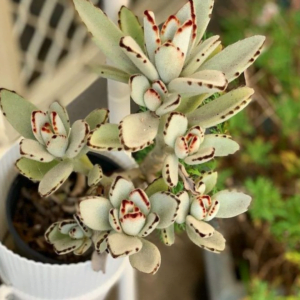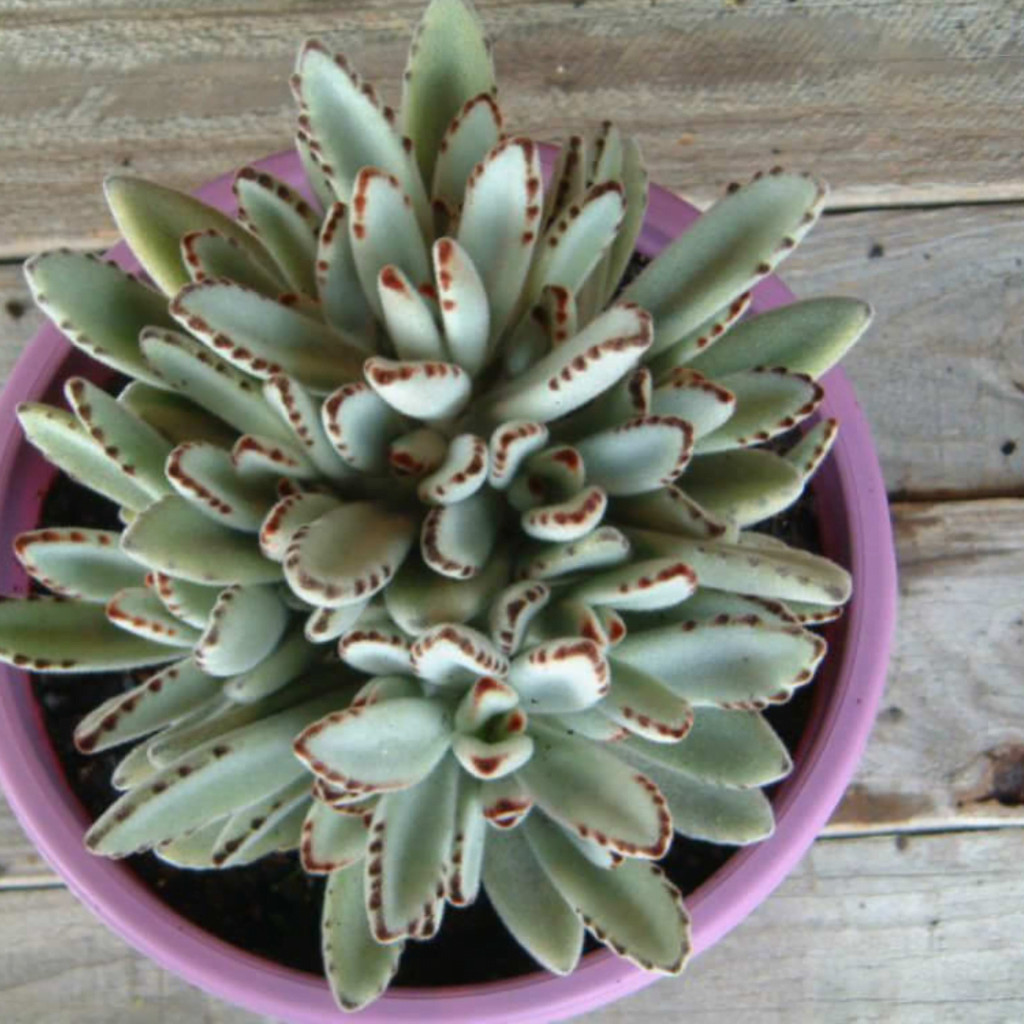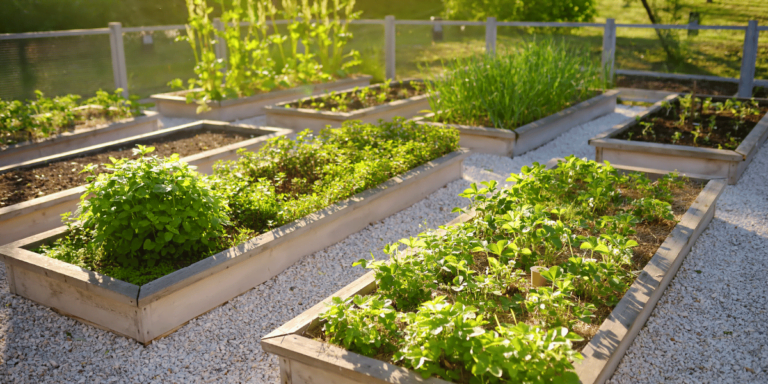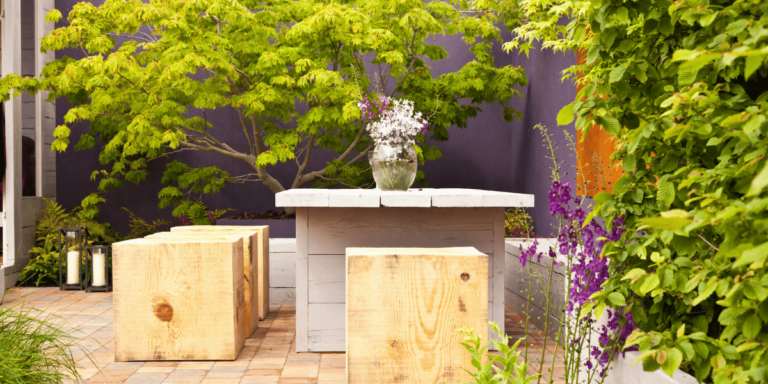Introduction
The Kalanchoe tomentosa, commonly known as the Panda Plant, is a cherished succulent, renowned for its velvety foliage and minimal care requirements. It’s a delightful addition to any indoor plant collection, offering a unique texture and charm. In this detailed review, we will delve into the intricate care needs of the Panda Plant, guiding both novice and experienced plant enthusiasts in nurturing this captivating species. The review will explore the specific needs of the Panda Plant, from the perfect light conditions to the ideal soil mix, ensuring you have all the knowledge needed to maintain a healthy and thriving plant.
The key specifications of the Indoor Panda Plant (Kalanchoe tomentosa):
| Key Specification | Detail |
|---|---|
| Common Names | Panda Plant, Chocolate Soldier, Plush Plant |
| Botanical Name | Kalanchoe tomentosa |
| Family | Crassulaceae |
| Plant Type | Succulent |
| Mature Size | Up to 1.5 ft tall and 1.5 ft wide |
| Sun Exposure | Bright, indirect light. Can tolerate direct sun in cooler climates |
| Soil Type | Well-draining, sandy, cactus or succulent mix |
| Soil pH | Slightly acidic to neutral (6.0 – 7.5) |
| Bloom Time | Rarely blooms indoors; if it does, typically in spring |
| Flower Color | Yellow-green |
| Hardiness Zones | 9 to 11 (USDA zones) |
| Native Area | Madagascar |
| Benefit | Easy to care for, air purifying, and aesthetically pleasing with minimal water needs |
Plant Care
Caring for a Panda Plant goes beyond mere routine; it’s about understanding the nuanced needs of this succulent. While it’s a relatively low-maintenance plant, the Panda Plant does have specific requirements that must be met for it to flourish.
Light Requirements
Light is the cornerstone of growth for the Panda Plant. It thrives in bright, indirect sunlight, which mimics the natural conditions of its native habitat. Placing it near a window that receives ample morning light or late afternoon sun is ideal. However, one must be cautious of too much direct sunlight, especially during the peak hours, as it can scorch the leaves.
Soil Composition
The right soil mix is critical for the health of your Panda Plant. A well-draining, sandy or loamy soil that mimics the arid environments they originate from is paramount. The addition of perlite or pumice increases the drainage capacity, which is essential to avoid root rot.
Watering Schedule
The watering regime for a Panda Plant is a delicate balance. Overwatering is a common pitfall, so ensuring the soil is completely dry between waterings is vital. This could mean watering as infrequently as once every two weeks, depending on the environmental conditions.
Temperature and Humidity Preferences
Kalanchoe tomentosa favors a warm and dry climate, similar to its native African environment. Average indoor temperatures are typically suitable, but it’s important to protect the plant from drafts and extreme temperature fluctuations. Humidity levels should be kept relatively low.
Fertilization Needs
Fertilizing the Panda Plant should be done with a gentle hand. During the growing season, a balanced, water-soluble fertilizer can be used once a month. However, in the dormant winter months, fertilizing should be paused to prevent unnecessary stress on the plant.
Pruning Techniques
Pruning is not just about size control; it’s also about maintaining the plant’s health. Removing dead or damaged leaves encourages new growth and helps prevent disease. Pruning can also stimulate a bushier growth pattern, enhancing the plant’s aesthetic appeal.
Overwintering Methods
In cooler climates, overwintering is an essential part of Panda Plant care. This involves adjusting its care routine to accommodate the lower light levels and temperatures of winter months, often reducing watering and ceasing fertilization.
Propagation Steps
Propagation of the Panda Plant can be a rewarding experience. Leaf cuttings are the most straightforward method, requiring a clean cut, proper drying time, and the right soil conditions to encourage root development.
Types of Panda Plant
The Panda Plant (Kalanchoe tomentosa) comes in a few notable varieties, each with subtle differences in color and form:
- Kalanchoe tomentosa ‘Chocolate Soldier’: Known for its brownish edges and more pronounced chocolate-like coloration.
- Kalanchoe tomentosa ‘Silver Gray’: Features a more silvered appearance, with less contrast on the leaf margins.
- Kalanchoe tomentosa variegata: This variety has cream or yellow variegation along the edges of its leaves.
Each type maintains the same basic care requirements but can offer a different aesthetic for the collector or enthusiast.
Common Pests & Plant Diseases with Solutions
Panda Plants may encounter issues such as:
- Mealybugs: Combat these with a cotton swab dipped in alcohol, or use insecticidal soap.
- Scale: Similar to mealybugs, these can be treated with alcohol or neem oil applications.
- Root rot: Typically a result of overwatering. Prevent by ensuring proper drainage and letting the soil dry out between waterings.
Regular inspection and isolation of new plants can prevent the spread of these common issues.
How to Get Panda Plant to Bloom
Getting a Panda Plant to bloom requires mimicking its natural habitat:
- Provide ample sunlight, as blooms are often triggered by the length of daylight.
- Ensure a period of cooler temperatures in the winter, as the contrast with warmer seasons can stimulate flowering.
- Maintain a proper watering schedule without overwatering, as stress can prevent blooming.
Blooms are rare in indoor conditions, but with patience and proper care, it is possible to see the Panda Plant flower.
Common Problems With Panda Plant
Some common problems include:
- Leaf loss: This can be due to either overwatering or under-watering. Adjust the watering schedule accordingly.
- Leggy growth: Insufficient light can cause the plant to stretch out. Move to a brighter location.
- Brown leaf tips: This could be a sign of low humidity or excessive fluoride in the water. Use filtered water and consider a pebble tray to increase humidity.
Monitoring the plant’s environment and making adjustments as needed can solve or prevent these issues.
Conclusion: A Touch of the Exotic
The Panda Plant is a delightful specimen that adds a touch of the exotic to any indoor garden. Its minimal care requirements coupled with its unique appearance make it a favorite among plant enthusiasts. With attention to light, water, and soil requirements, as well as proactive pest management, your Panda Plant can thrive for years. By understanding the nuances of this succulent’s care, you’re well on your way to becoming a seasoned Kalanchoe tomentosa caretaker.
Dealing with a Quickly Declining Plant
A rapidly declining Panda Plant can be a sign of several issues, including overwatering, insufficient light, or pest infestations. This section will discuss how to diagnose and remedy these problems to restore your plant’s health.
Flourishing Finesse: Final Thoughts on Panda Plant Care
In conclusion, the Panda Plant, with its plush leaves and easy-going nature, is a gem for any indoor garden. The key to success with this succulent lies in the understanding and implementation of its specific care guidelines. By following the detailed insights provided in this review, you’ll ensure your Panda Plant not only survives but thrives, bringing you a sense of fulfillment and a touch of nature’s beauty to your indoor space.
Frequently Asked Questions
Decode the magic of gardens with our guide to Landscaping Styles Frequently Asked Questions.
- Repotting should occur every 2-3 years or when the plant has outgrown its current pot. Choose a container only slightly larger than the previous one to prevent overwatering issues.
While it can survive in low-light conditions, it won’t
thrive. The Panda Plant prefers bright, indirect light to maintain its vibrant colors and healthy growth
- Yes, the Panda Plant is considered toxic when ingested, so it’s important to keep it out of reach of curious pets.
- Signs of overwatering include yellowing leaves, a mushy base, and a general feeling of sogginess in the soil. Let the soil dry out completely between waterings to prevent this issue.













